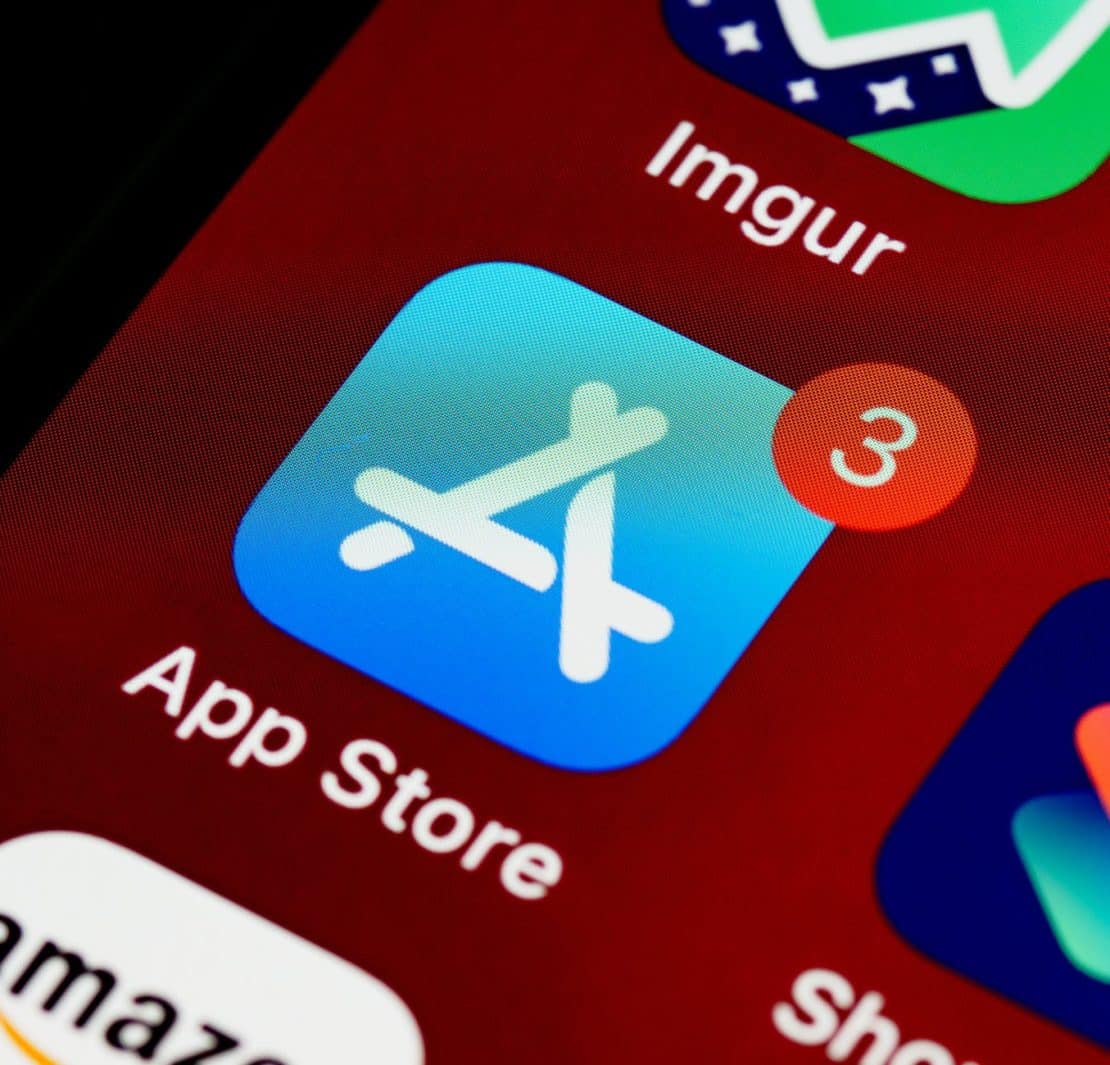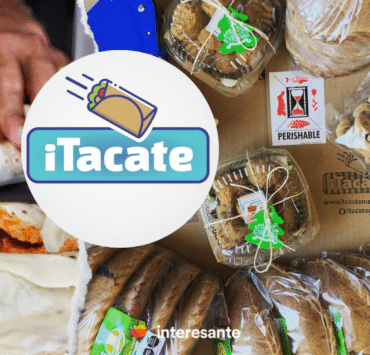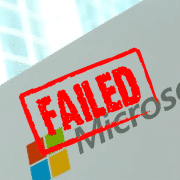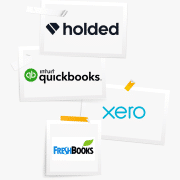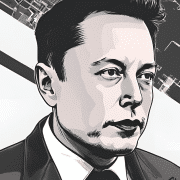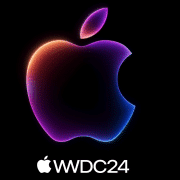Brand Partnership Manager
It’s easy to forget the apps as we know them didn’t exist a decade ago. The Apple App Store in the summer of 2008 hosted a total of 500 apps, and Super Monkey Ball was the master of downloads.
In-app time as a work strategy
Now the fully formed app ecosphere is teaming with everything you can imagine and many things you can’t. As a result, people are spending more and more time inside apps. In 2018, Mary Meeker reported that U.S. adults spend 29 percent (and rising) of their time on mobile, second only to TV, which remains at 36 percent and falling.
The system is so effective that apps have now expanded beyond the homes on smartphones and watches to settle new territory on laptops, TVs, appliances, connected cars, and IoT controllers.
Whatever dream you have, it makes sense to address your app strategy at some point. When we came together at Tangelo to brainstorm ways to fight for equality, amplify the messages of resistance, and enact positive change in the world, we agreed that one of the best ways to accomplish these goals was by giving people a stronger voice using the WalkWoke App.
Here are a few lessons we learned in that process and some best practices we recommend lighting the way when you are ready to embark on your app-building journey.
Step 1: Warm Up Your Metaphor Skills
The essential metaphor of your app will be the driving force of adoption and user growth by referrals. People will need to explain it to their friends in a way that intuitively makes sense.
Metaphor building is a muscle, and you may need to work out a bit to make one strong enough to carry your app to featured status in the app store or to be profiled on tech blogs.
Start from the M.V.P. or M.S.P. In our earlier blog, we discussed how to go from concept to minimum viable product (MVP) and from there to minimum sellable product (M.S.P.).
Never be afraid to abandon an idea if you can’t find a metaphor that sticks to it. It may be because the metaphor clarifies that your app won’t solve the problem you have identified or the problem isn’t significant enough to enough people.
Ciara Byrne, machine learning expert and app builder, advised that you consider the implications of impact vs. scale very early in the process. Do you want to solve a more minor problem for many people or a specific and significant problem for a small group?
The example she gave of the former was a very successful app that handled all the preliminary stages of food stamp applications, so people didn’t have to stand in line for hours at the local office. She wrote, “When you lose a day’s work or have to get a babysitter to watch your kids apply, that makes a difference.”
Step 2: Lay Out Your Development Roadmap
A good rule of thumb is to plan for around 18 months for the development process, leaving enough time for feedback, testing, and iterative improvements.
Perfect a modest collection of features before you start adding more. You want to keep utility in mind, but you must also work hard to build user trust by not letting them down.
Keep a document in plain view that details your vision of what you want the app to grow into over time. Your development team will refer to this often as they improve performance and strategically add features.
Step 3: Assemble the Team and the Tools
Your team will evolve and grow to fit the functions of the app, but it will be extremely valuable along the way to find talent that can fill the roles with:
- A project manager who is responsible for budgets and timelines
- A strategist who is not bogged down in project details
- Software architect and mobile developers (at least 1 backend, 1 test engineer, and 1 system administrator)
- One to two designers for user experience (UX) and user interface (UI)
- More than one quality assurance engineer
- A group of testing engineers or non-technical testers using automation
This is also the time to start thinking about monetization and how that will impact the makeup of your team. The most common monetization methods in use now are:
- Ad-supported – many apps start free and only accept ads after reaching a target user base
- Free with in-app purchases – this comes with its set of legal risks
- Subscriptions – This is the preferred model for B2B and enterprise apps
- Freemium to premium – giving users a free version with limited functions and options for upgrades
- White labeling – finding sponsors to pay to brand the app as their own
In terms of tools, you can find many ready-build modules with a high-level technical design using various tech stacks at:
This step takes you through the end of development. You will need to build resource capacity for the serious work ahead, including alpha testing, beta testing, and post-launch monitoring.
Step 4: Enter the Trial by Fire
You will often hear project teams estimate 60/40 comparing development time to testing time. Still, testing is not unusual to run much longer, especially when you are new to app building. Agile methodology simplifies communication and goal alignment, two of the most common problem areas in development and testing. Learn more about agile, then ensure the entire team is clear on tasks, timelines, and goals.
Testing phases (completed by automation and non-developers) are often broken down into:
- Functional testing – Identify actions and desired app behavior to ensure features work as identified in requirements.
- Usability and user acceptance testing – Ensure features are intuitive and user-friendly.
- Performance testing – Test the app’s speed to perform tasks.
- Regression testing – Include retesting prior sprint functionality at the end of each sprint.
- Device-specific testing – Ensure the app works on various OS versions and screen sizes.
Before each new development sprint to correct errors or code in enhancements, conduct an unflinchingly honest appraisal of what worked and what didn’t with your team.
Step 5: Launch and Update
Too many companies perfect the development and testing of the app only to neglect the marketing. Securing a place in the app store will not be enough. Marketing campaigns have to be crafted well in advance of launch. Even a soft launch needs supporting social proof and precise documentation. At the same time, on the backend, your team will need to deploy the web server to a scalable production environment that’s configured the server to handle data transfer to and from the app. Make sure it is scalable enough to handle traffic spikes without overloading your network.
The final piece is to continue monitoring how your app reacts to the real world while keeping your development team on track with updates to address bugs, improve performance and slowly introduce high-priority features. Read all your reviews and engage with reviewers. Your harshest critics often turn out to be your strongest supporters.
Ideas That Make a Difference
Over this two-part series on dream-building, we’ve walked a fine line between cheerleading and reality testing. Dreams tend to wither without encouragement and support, but not all dreams have to leave the dream world to achieve their goals. Selecting the dream you want to pursue is the most critical skill you can develop in the emerging maker’s pace world, where it is increasingly easy to bring all kinds of concepts into reality. The eminent philosopher and teacher Émile Chartier (under the pen name Alain) warned, “Nothing is more dangerous than an idea when it’s the only one we have.”
Dream wisely, and then seek people who share your future vision. Here’s one last quote to help keep you motivated and energized, regardless of what you encounter on the journey ahead, this one by anthropologist Margaret Mead, “Never doubt that a small group of thoughtful, committed citizens can change the world; indeed, it’s the only thing that ever has.”
